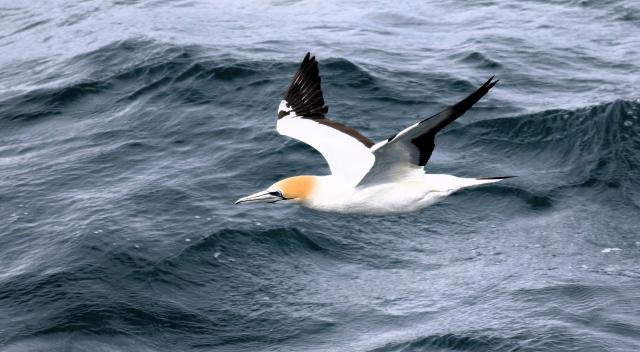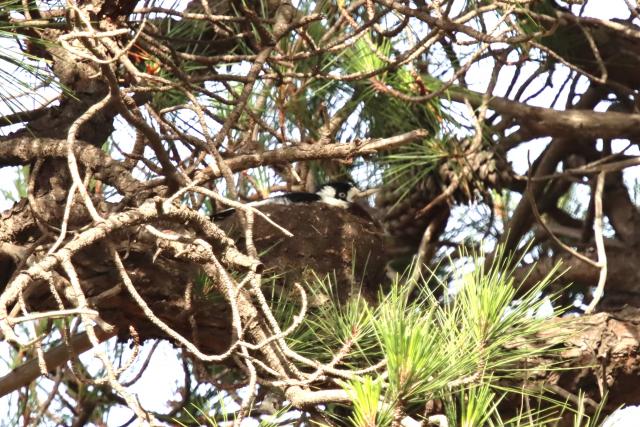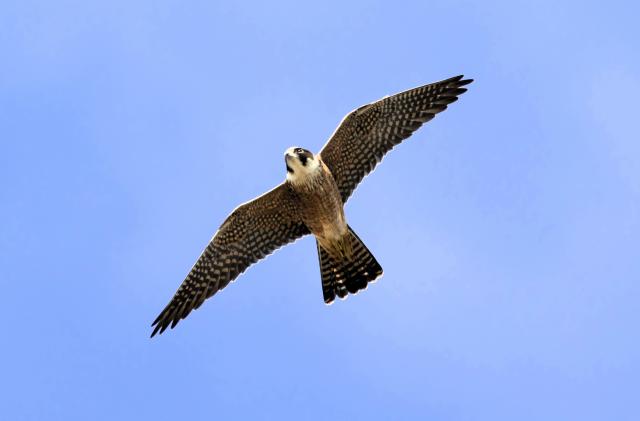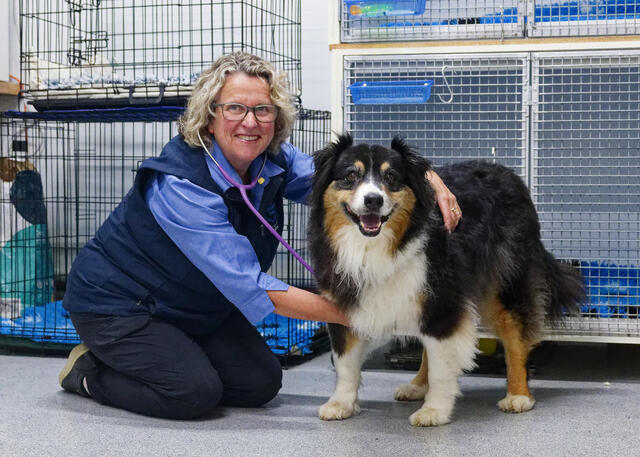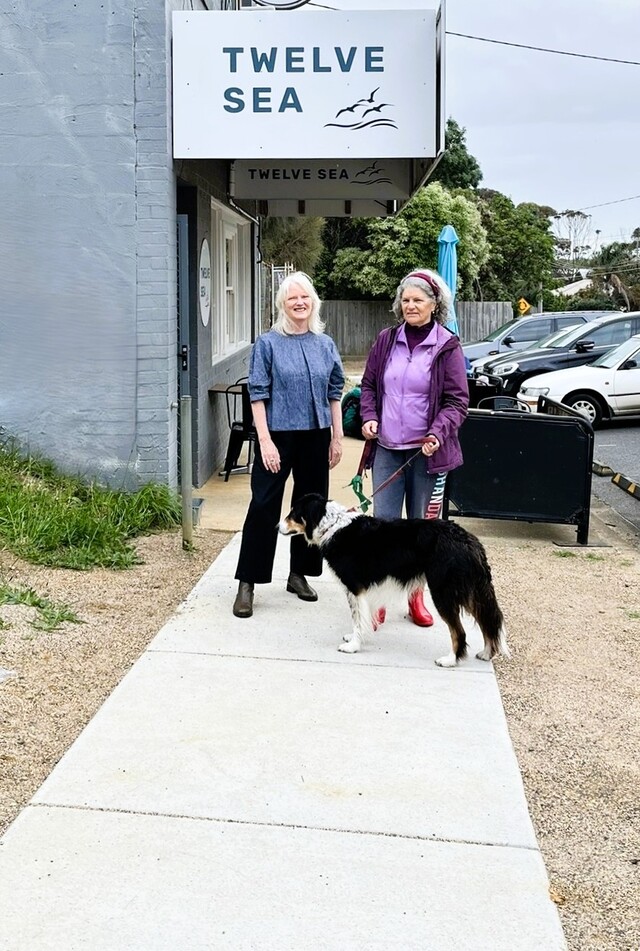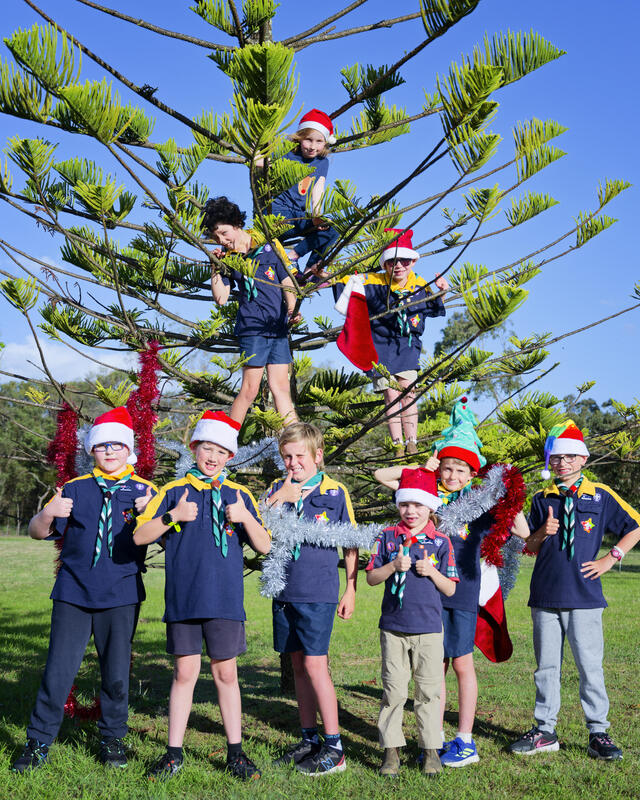I haven’t had to travel far from home to see my ‘raptor of the day’ lately, as somewhere in Ocean Grove are a pair of Australian hobbies.
I first noticed them when I was walking my trusty canine, Ted, and when I walked past a house there were two sulphur-crested cockatoos squawking loudly.
On closer inspection they were swooping and calling as there was a hobby on a high TV aerial, that was also vocal and intermittently flying around the area. Since then, I’ve walked past that house most days and spotted another hobby plus a large nest in the area. I’m not sure if they are currently nesting, or just hanging around the area.
I’ve seen them devour a few common blackbirds and noisy miners. I wondered if the owner of the house was aware of the presence of the raptors on her roof, and one day she saw me taking photos. I discovered that she was really excited to have the birds hanging around her house and had even named the female (the larger hobby) Hilda. We decided that the smaller male bird could be named Harry, so Harry and Hilda are indeed loved and admired.
I had a lovely trip to the Mornington Peninsula where I was lucky to see a pod of dolphins not far from Queenscliff, and also many Australasian gannets that roost at Pope’s Eye.
The gannets were very active which was great as they certainly are beautiful birds.
I walked around Blue Waters Lake in Ocean Grove, which is already affected by blue-green algae. It’s important that bread is not offered to waterfowl as food, as it’s not part of their normal diet, plus it contributes to the blue-green algae issue.
I received an email from Karen, who was riding her bike from Ocean Grove to Point Lonsdale when she saw a deceased bird that looked unusual in colour. She later identified the bird as a painted buttonquail. These birds hide in forests that have leaf litter on the ground.
I received an email from John in Leopold. There is a whistling kite nest near his property that has two nearly fully grown hatchlings in the nest. John observed that the nest showed “characteristic bits of plastic rubbish at edge which indicates nesting activity”.
John’s photos of the nest were taken from around 150 metres away, but he said the whistling kites would turn to John’s direction when he was photographing them, which indicated that they were aware of their surroundings. It’s great that John kept his distance and did not disturb the birds.
John also sent some photos of a pair of magpie-larks nesting in Leopold. These birds have adapted to many environments in Australia including urban areas. They construct a mud nest, which can be seen in John’s photo. Female magpie-larks have a white throat and males have black throats and black eye-stripes, so the bird in John’s photo is a female bird. John also observed a black kite on his property with a common myna in its talons, which surprised me as these birds as so hardy and wary, but in the big scheme of things was not such a bad thing, as they are introduced birds that are expanding their range and taking over hollows used by native creatures.
I also received an email from Carole, who was at Mungo National Park where she sat around water holes at dusk and enjoyed seeing the setting sun bathe the earth orange and red but also seeing the birds (budgies, pink cockatoos and Mulga parrots) plus other wildlife come in to drink.

